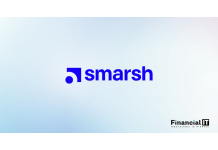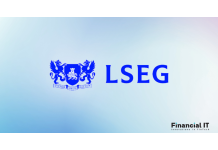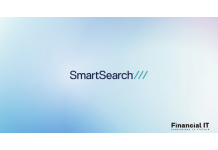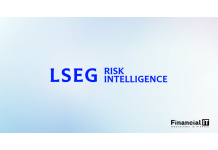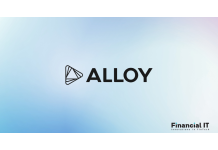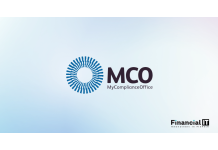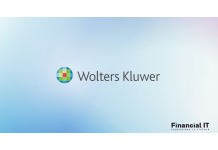Smarsh and Google Partner to Deliver Encrypted RCS...
- 19.11.2025 02:35 pm
London Stock Exchange Group Enables Automated...
- 06.11.2025 06:45 am
Cube Launches Industry-Leading Cost of Compliance...
- 04.11.2025 10:45 am
Napier AI Selected for FCA Supercharged Sandbox Launch
- 03.11.2025 12:45 pm
SmartSearch Launches Market-Leading Source of Funds...
- 29.10.2025 12:05 pm
iDenfy Revamps Its RegTech Software and Launches a New...
- 28.10.2025 10:25 am
Currency.com Secures New MTL License in Washington,...
- 17.10.2025 09:50 am
Compliance Expert Calls for Transparency and...
- 13.10.2025 05:35 pm
LSEG Launches World-Check On Demand - A New Era Of...
- 30.09.2025 08:35 am
Alloy Empowers Global Banks, Fintechs, and Payments...
- 23.09.2025 09:25 am
MCO Strengthens Compliance Oversight for Financial...
- 19.09.2025 01:05 pm
Wolters Kluwer Powers Afin Bank's SaaS-Based...
- 03.09.2025 12:15 pm


